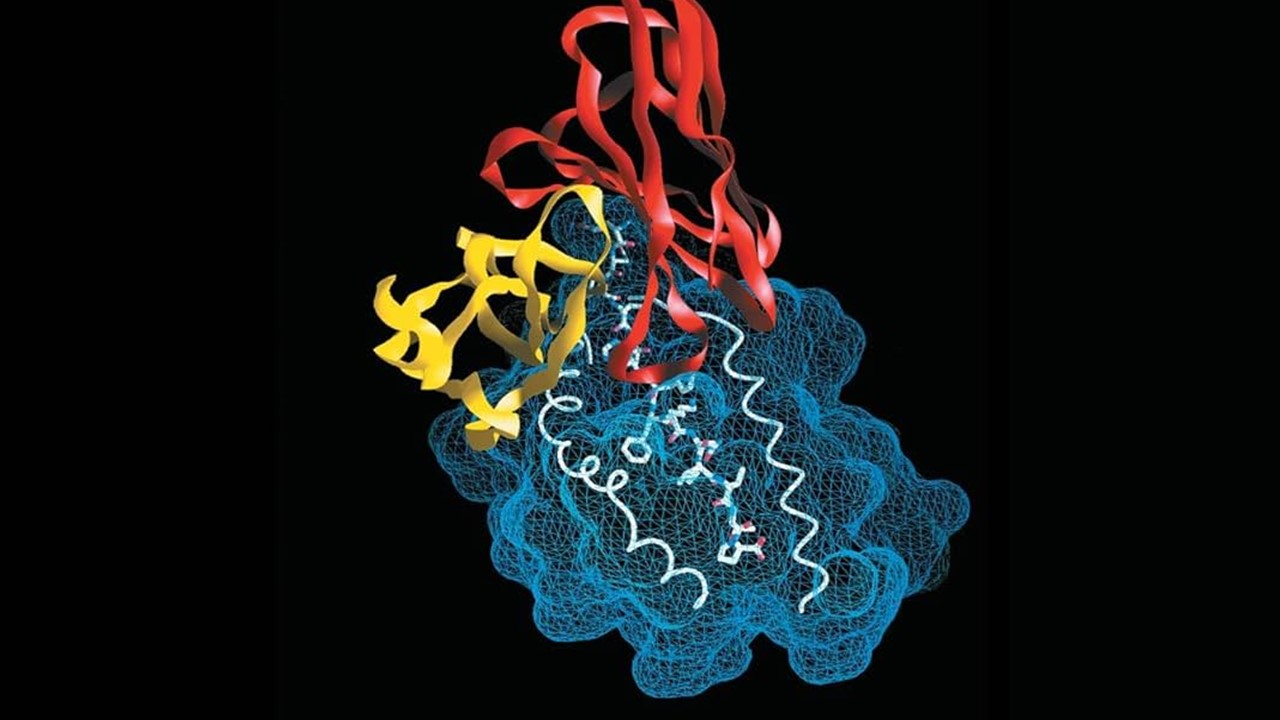In the quest for novel drug candidates to combat infectious diseases, the exploration of natural compounds has gained significant attention. This article delves into a cheminformatics procedure that leverages a diverse set of 135 natural compounds, including flavonoids, saponins, alkaloids, terpenes, and triterpenes, to unveil drug-like candidates with properties crucial for efficient drug discovery. Developed through advanced chemometric techniques, this partitioning model sheds light on the applicability of these natural products in the fight against severe diseases, exemplified by the formidable SARS-CoV-2 virus.
The ongoing battle against infectious diseases, particularly exemplified by the SARS-CoV-2 virus, presents a contemporary challenge in drug discovery. The need for efficient drug discovery tools is more critical than ever, prompting the development of a cheminformatics partitioning model that promises to unlock the drug-like potential of natural compounds. By matching descriptors and employing chemometric methods, this study presents a comprehensive approach to identify and categorize natural compounds, paving the way for the discovery of novel therapeutic agents. This research offers valuable insights into harnessing natural compounds for tackling infectious diseases, providing a vital resource for drug developers and researchers.
Natural Compounds: A Treasure Trove for Drug Discovery
Sesquiterpenes, alkaloids, curcuminoids, phenolics, and terpenoids represent a diverse group of natural compounds derived from medicinal plants, many of which have earned approval from the US Food and Drug Administration (FDA) for treating various ailments. The continued exploration of medicinal plants as sources of new drug leads has gained momentum in recent years, with a particular focus on their effectiveness against global pandemics. For instance, Mexican natural products have shown promise in combating the SARS-CoV-2 virus through in silico screening, demonstrating the tangible impact of these compounds.
Flavonoids and Terpenoids: Key Players in Drug Discovery
Among the myriad natural compounds, flavonoids and terpenoids take center stage due to their pharmacological activity and potential in drug discovery. Flavonoids, characterized by their three-ring structure and specific hydroxyl group positioning, have long been studied for their anti-inflammatory, antimicrobial, and anti-viral properties. Their structural diversity and extensive presence in medicinal plants make them noteworthy candidates for drug development. Terpenoids, including mono-, di-, and triterpenes, exhibit flavonoid-like properties, offering significant support in addressing various health challenges, including cancer and viral infections.
Chemometric Tools: Deciphering Drug-Likeness
The advancement of chemometric methods and machine learning techniques has revolutionized drug discovery, particularly in the context of natural compounds. By leveraging molecular descriptors related to pharmacophores and drug-likeness, researchers can effectively partition and classify a pool of natural compounds. This partitioning process serves as a crucial step in the drug discovery pipeline, enabling the identification of distinct chemical classes within the dataset. The utilization of physicochemical parameters, including molecular weight, log P, and hydrogen bond donors/acceptors, plays a pivotal role in assessing drug-likeness.
Partitioning for Enhanced Drug Discovery
The present study adopts a chemometric approach to partition 135 natural compounds based on a comprehensive set of descriptors. This partitioning not only categorizes compounds but also aids in the prediction of essential properties. Notably, the study reveals that the choice of descriptors does not significantly impact the partitioning model, highlighting the robustness of the approach. However, the complex nature of flavonoids poses a challenge, as they do not align neatly with a single partition, necessitating further research to elucidate their drug-likeness.
Conclusion and Future Directions
In the realm of infectious disease drug discovery, the synergy between rational drug design and in silico methods is invaluable. This study’s chemometric partitioning approach represents a critical step in identifying potential drug candidates among natural compounds. By focusing on descriptors and drug-like properties, researchers can streamline the drug discovery process and contribute to addressing pressing global health challenges. The future holds the promise of refining partitioning models to gain a deeper understanding of the drug-likeness of natural compounds, ultimately leading to the development of innovative therapeutic agents.
Study DOI: doi.org/10.3390/sym13040546
Engr. Dex Marco Tiu Guibelondo, B.Sc. Pharm, R.Ph., B.Sc. CpE
Subscribe
to get our
LATEST NEWS
Related Posts

Medicinal Chemistry & Pharmacology
Aerogel Pharmaceutics Reimagined: How Chitosan-Based Aerogels and Hybrid Computational Models Are Reshaping Nasal Drug Delivery Systems
Simulating with precision and formulating with insight, the future of pharmacology becomes not just predictive but programmable, one cell at a time.

Medicinal Chemistry & Pharmacology
Coprocessed for Compression: Reengineering Metformin Hydrochloride with Hydroxypropyl Cellulose via Coprecipitation for Direct Compression Enhancement
In manufacturing, minimizing granulation lines, drying tunnels, and multiple milling stages reduces equipment costs, process footprint, and energy consumption.

Medicinal Chemistry & Pharmacology
Decoding Molecular Libraries: Error-Resilient Sequencing Analysis and Multidimensional Pattern Recognition
tagFinder exemplifies the convergence of computational innovation and chemical biology, offering a robust framework to navigate the complexities of DNA-encoded science
Read More Articles
Magnetic Nanoengineering: Overcoming Biological Variability and Enhancing Therapeutic Precision
The future of nanomedicine lies in harmonizing precision, accessibility, and ecological responsibility, ushering in an era where therapies are tailored to individual biological landscapes.












